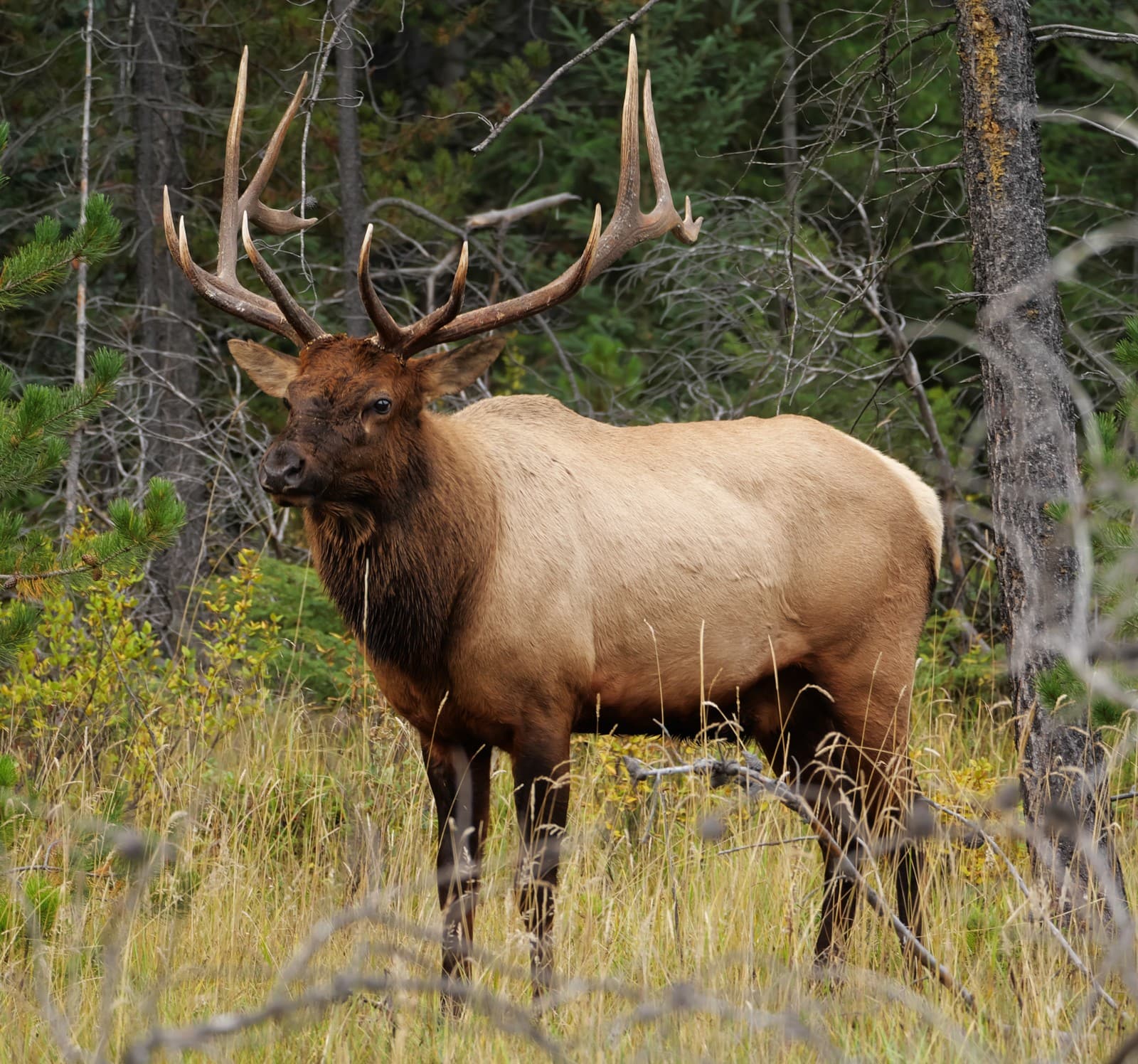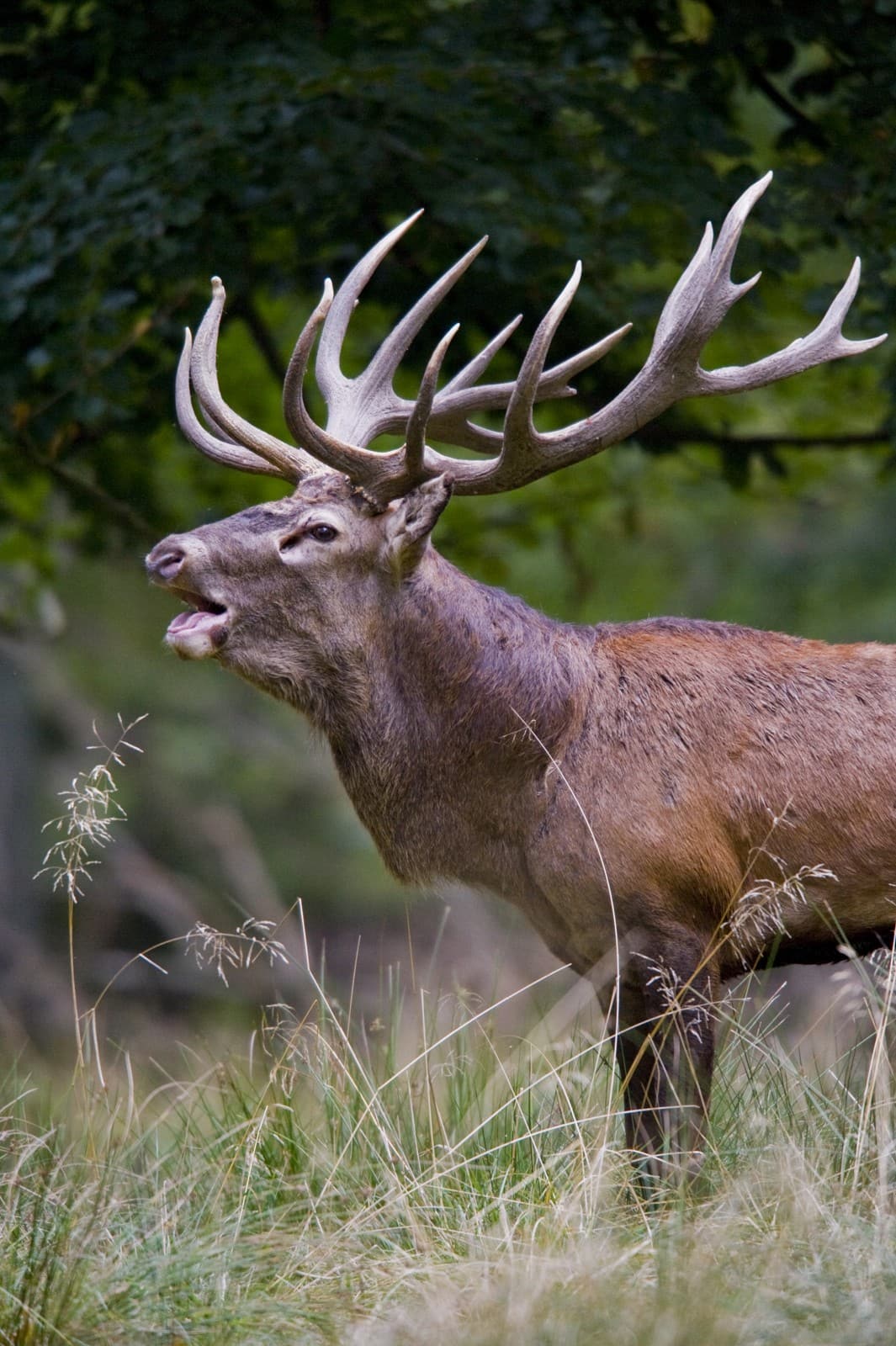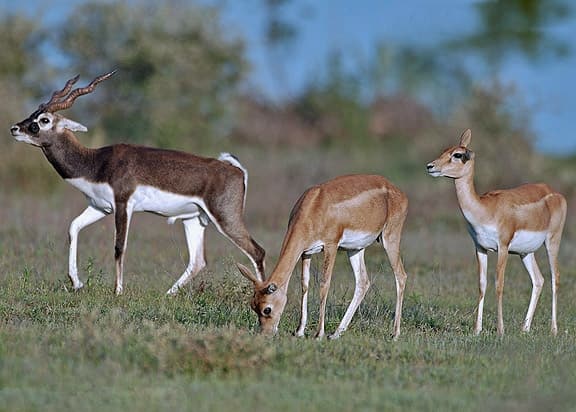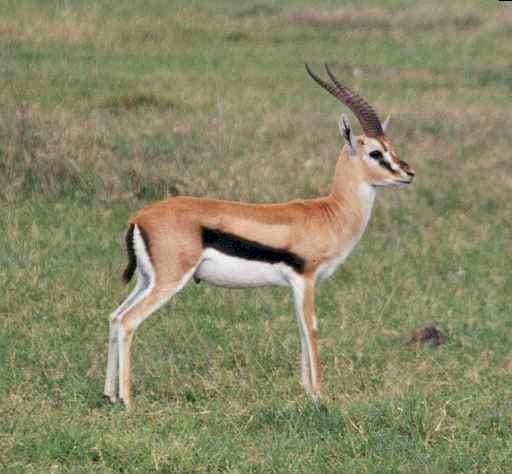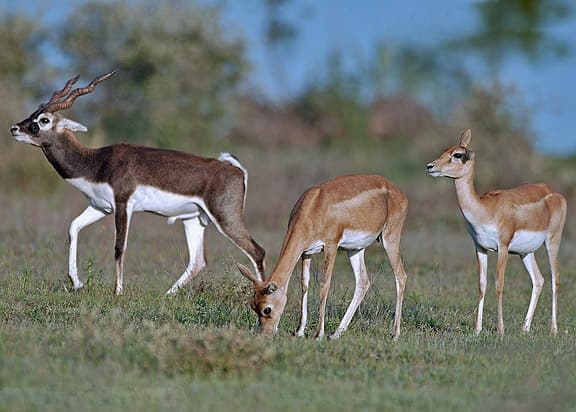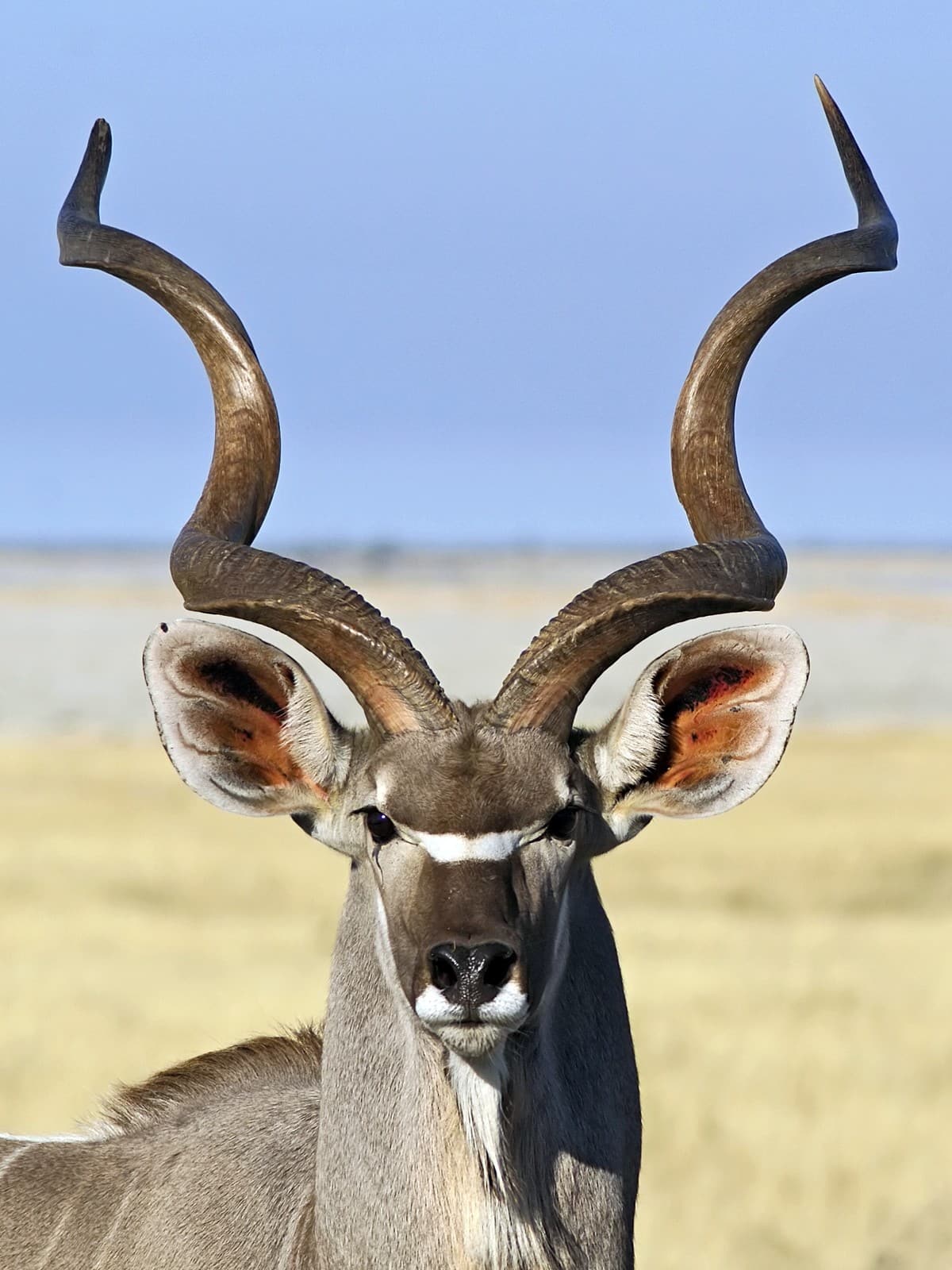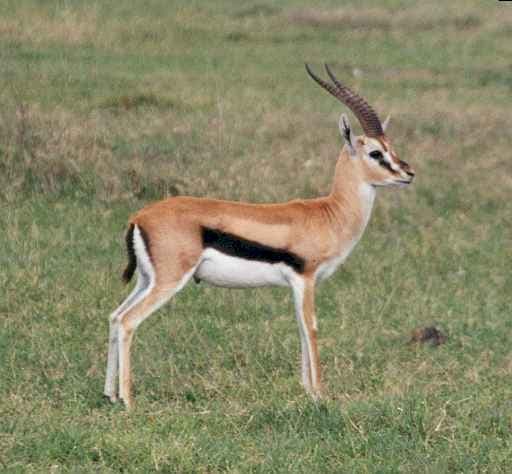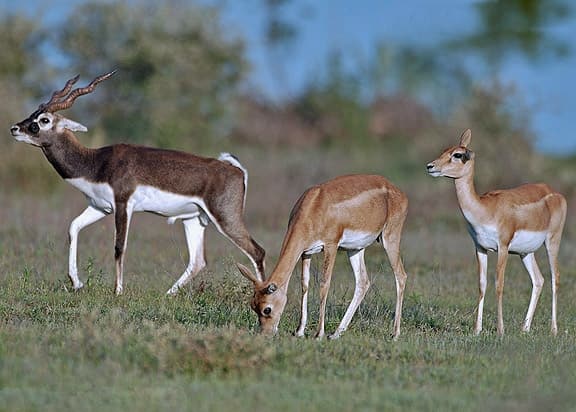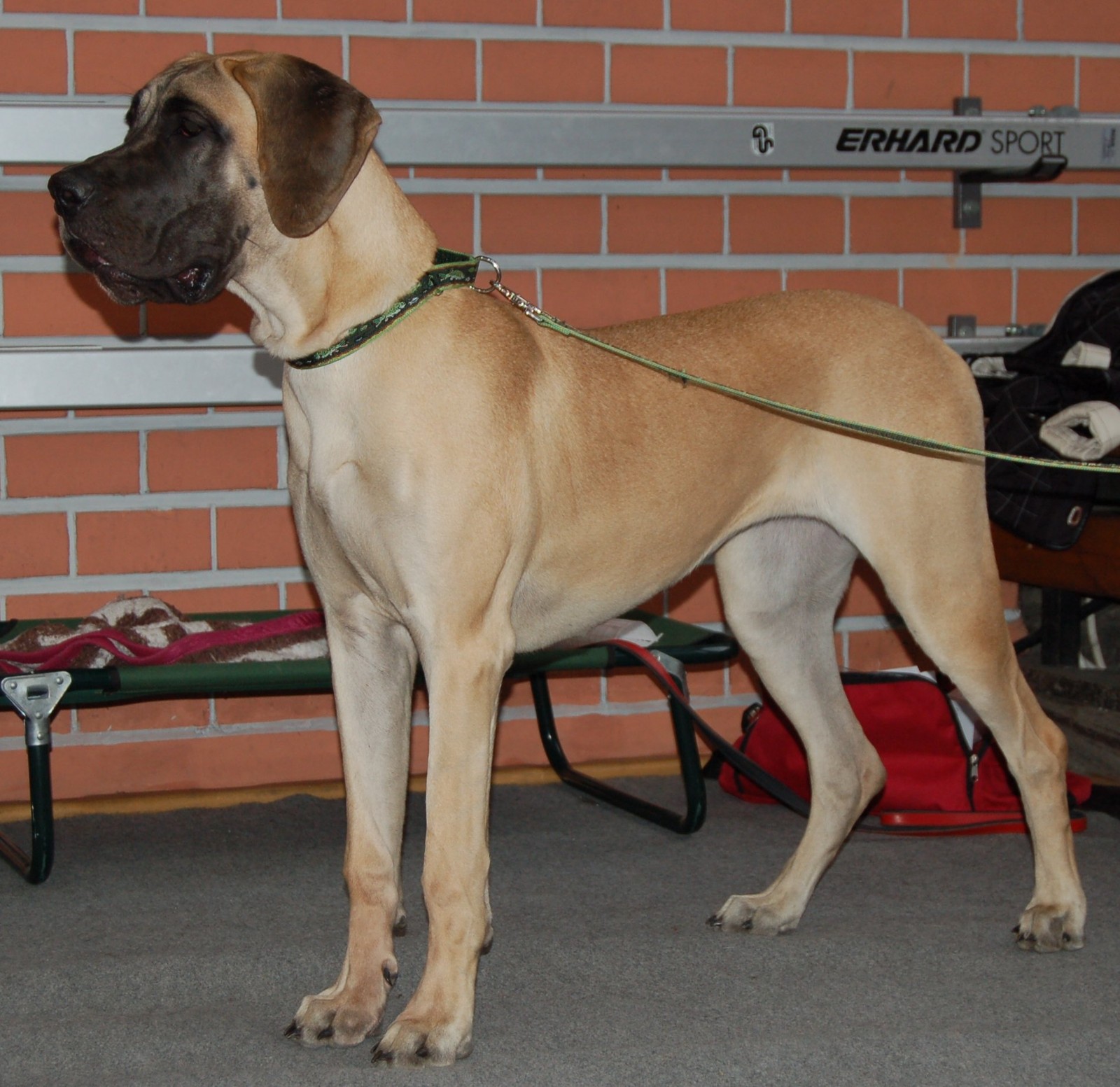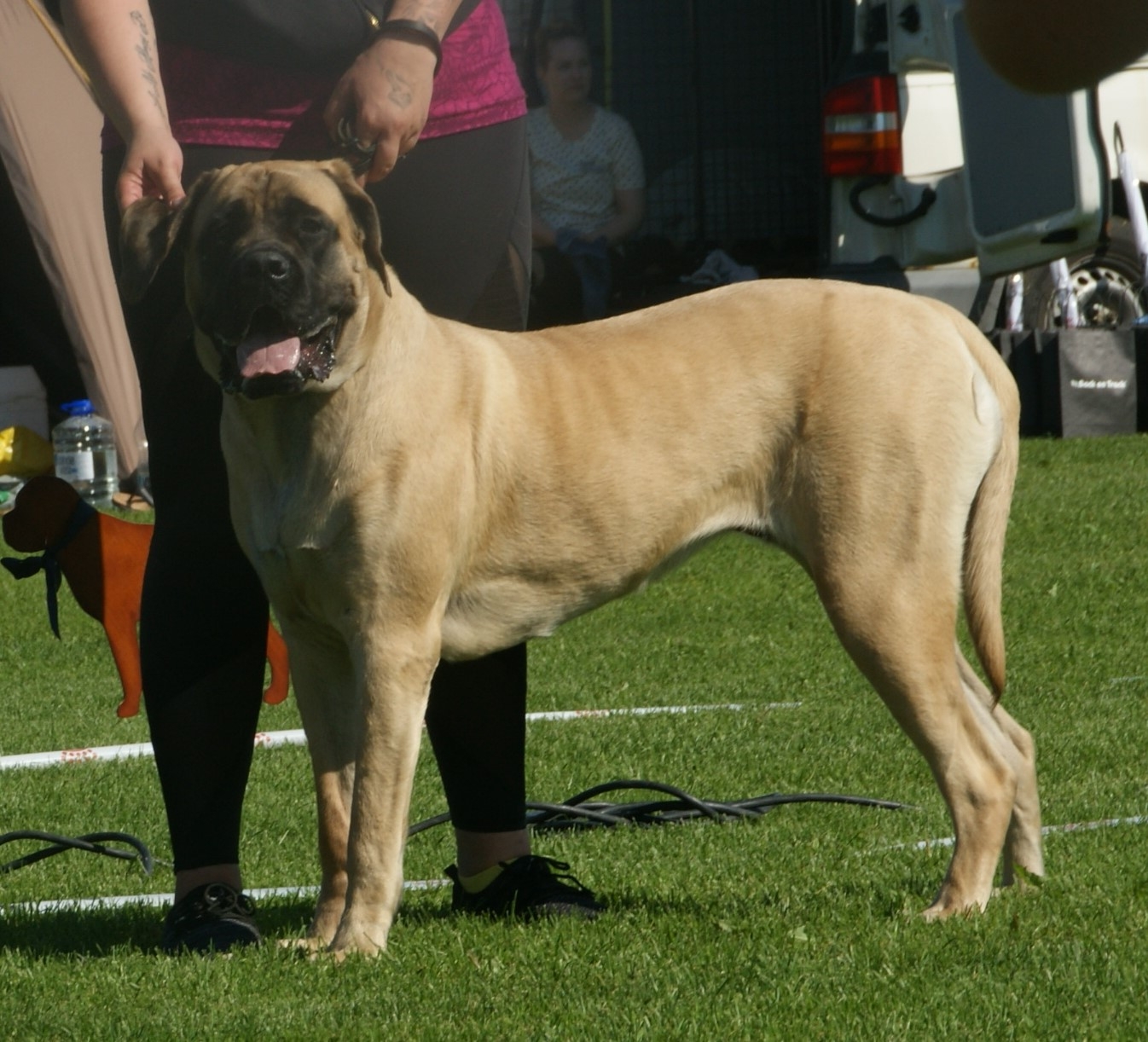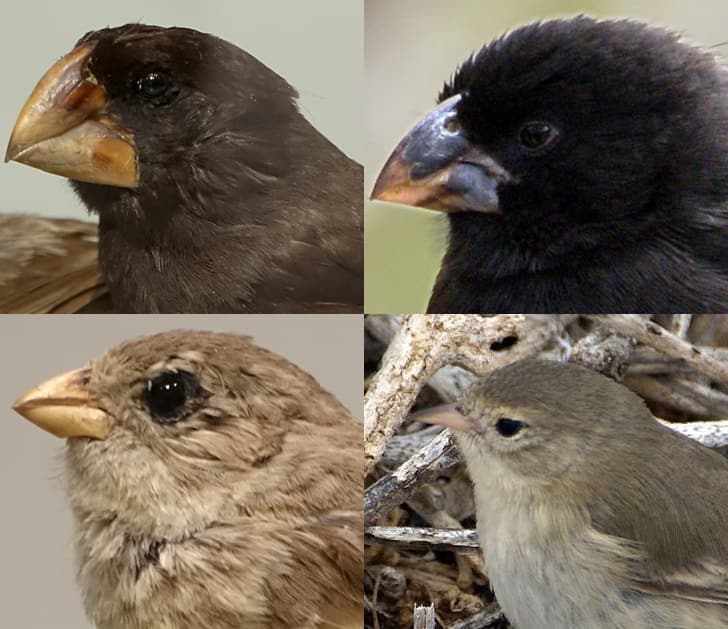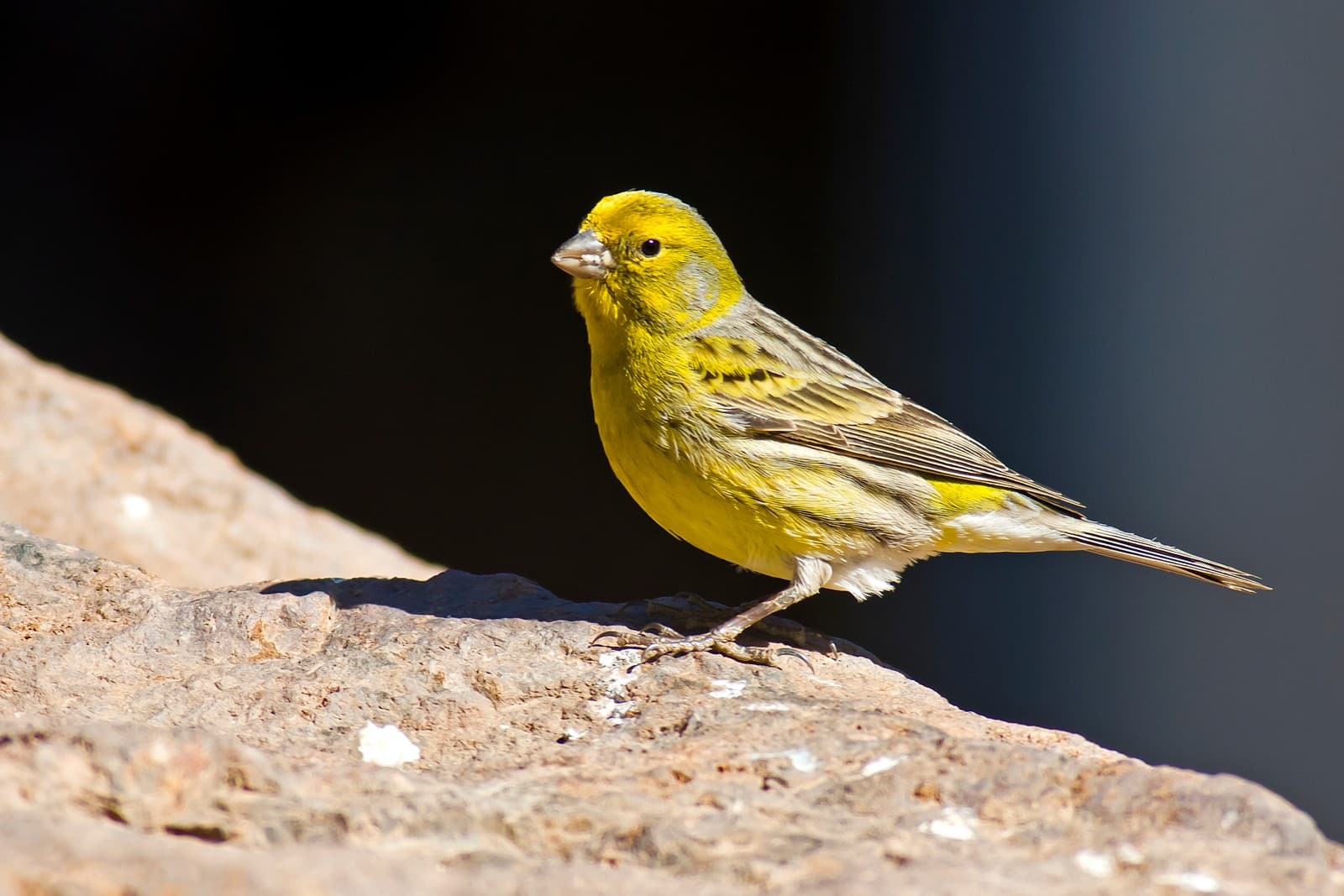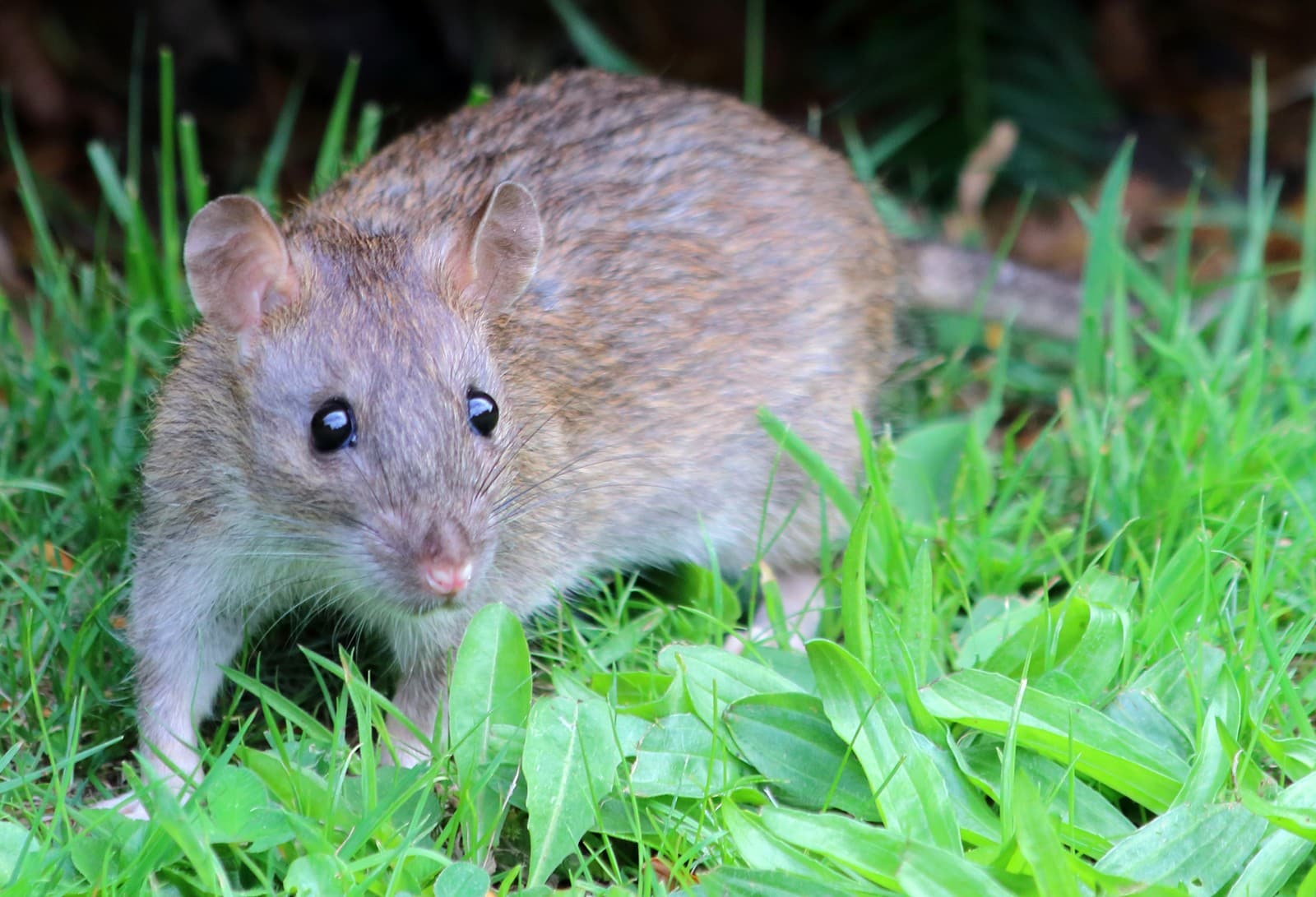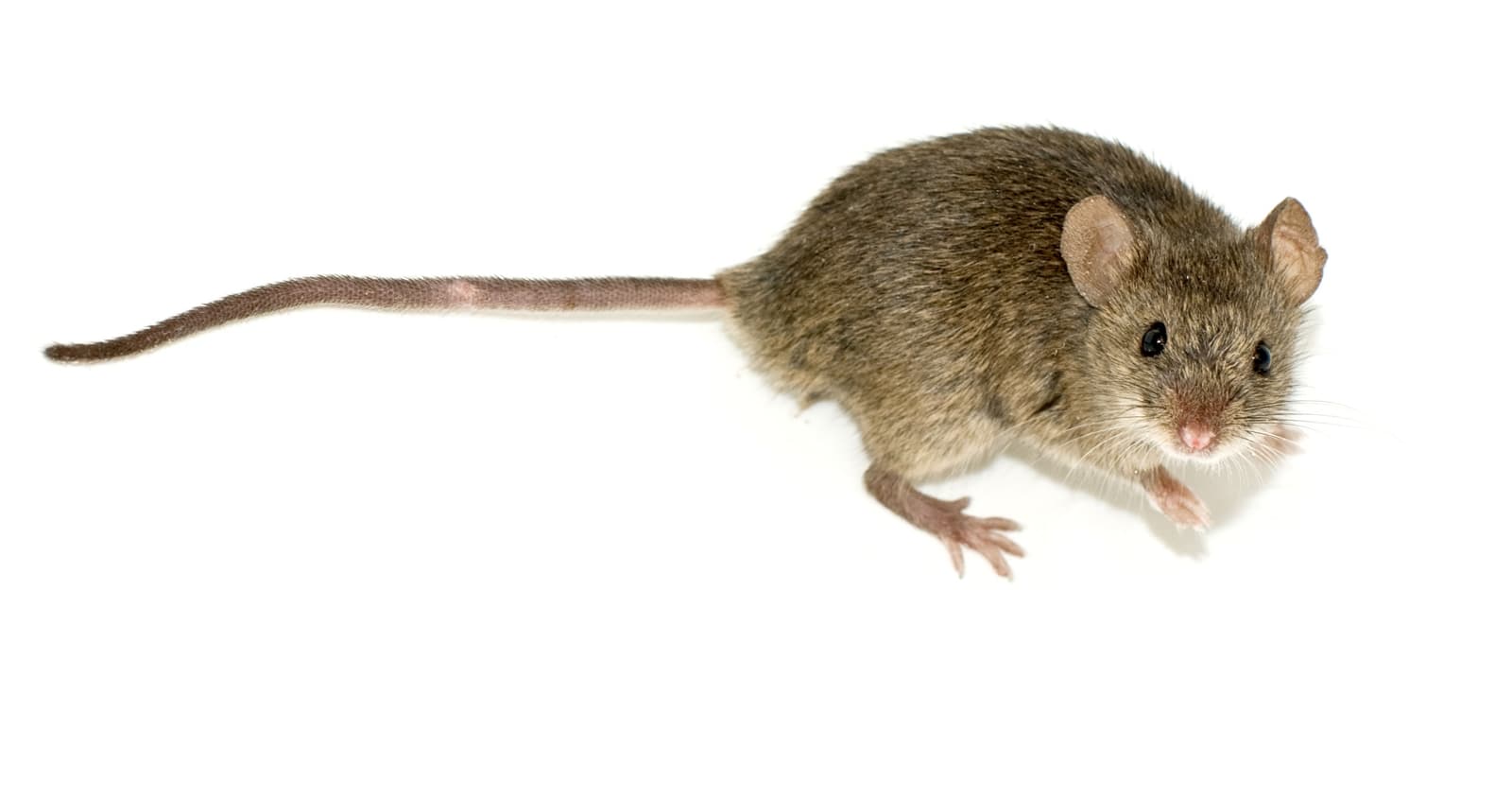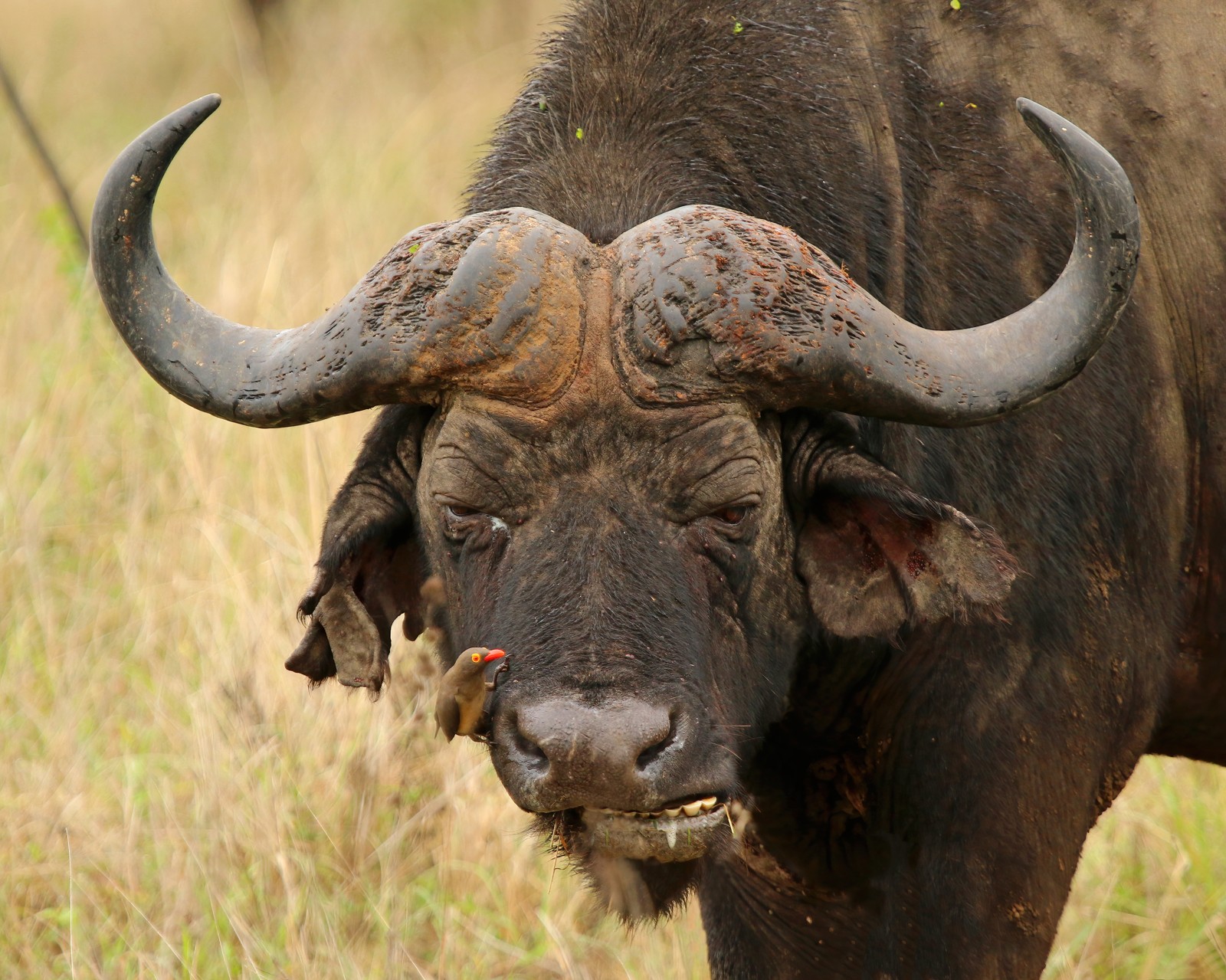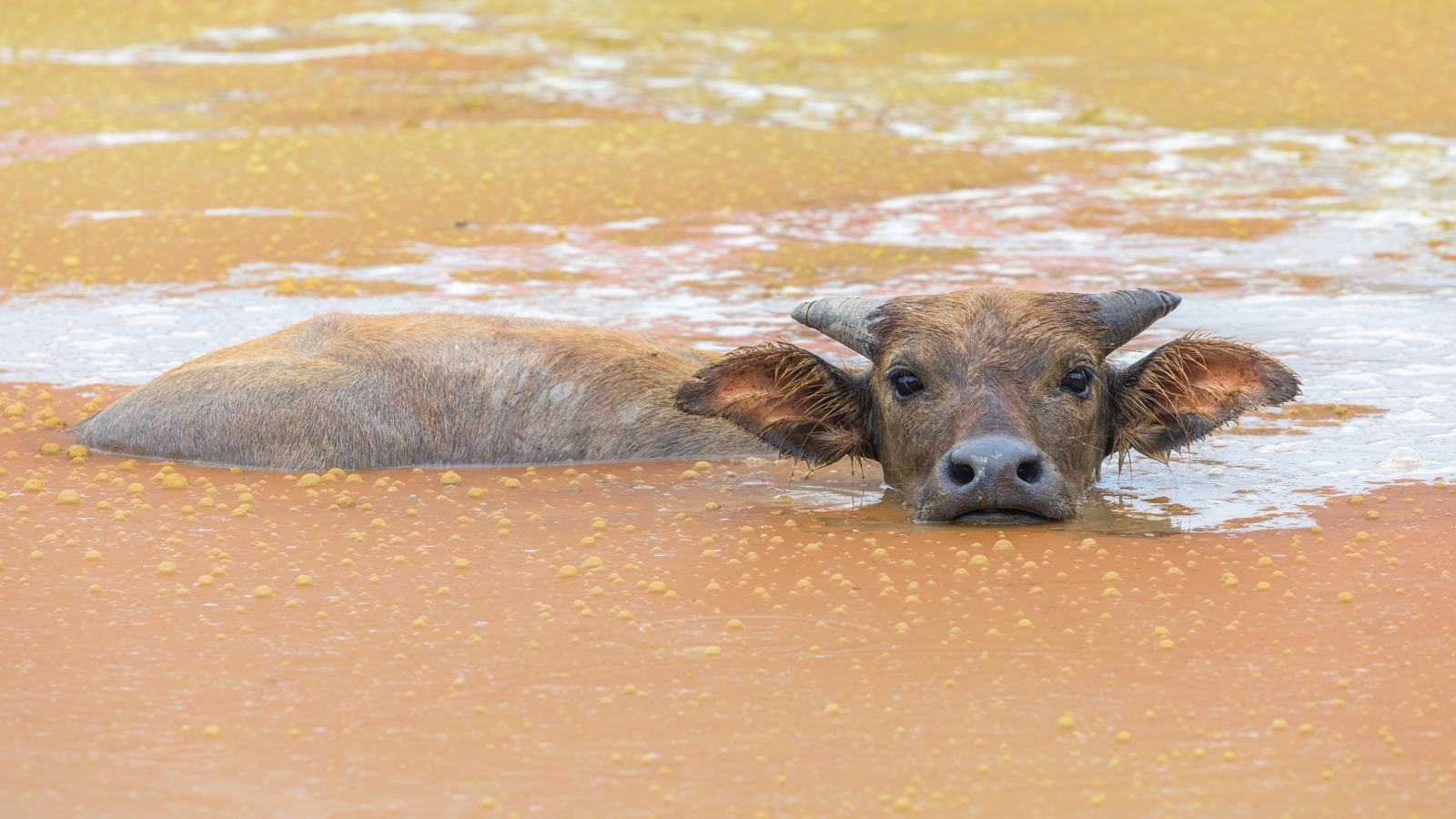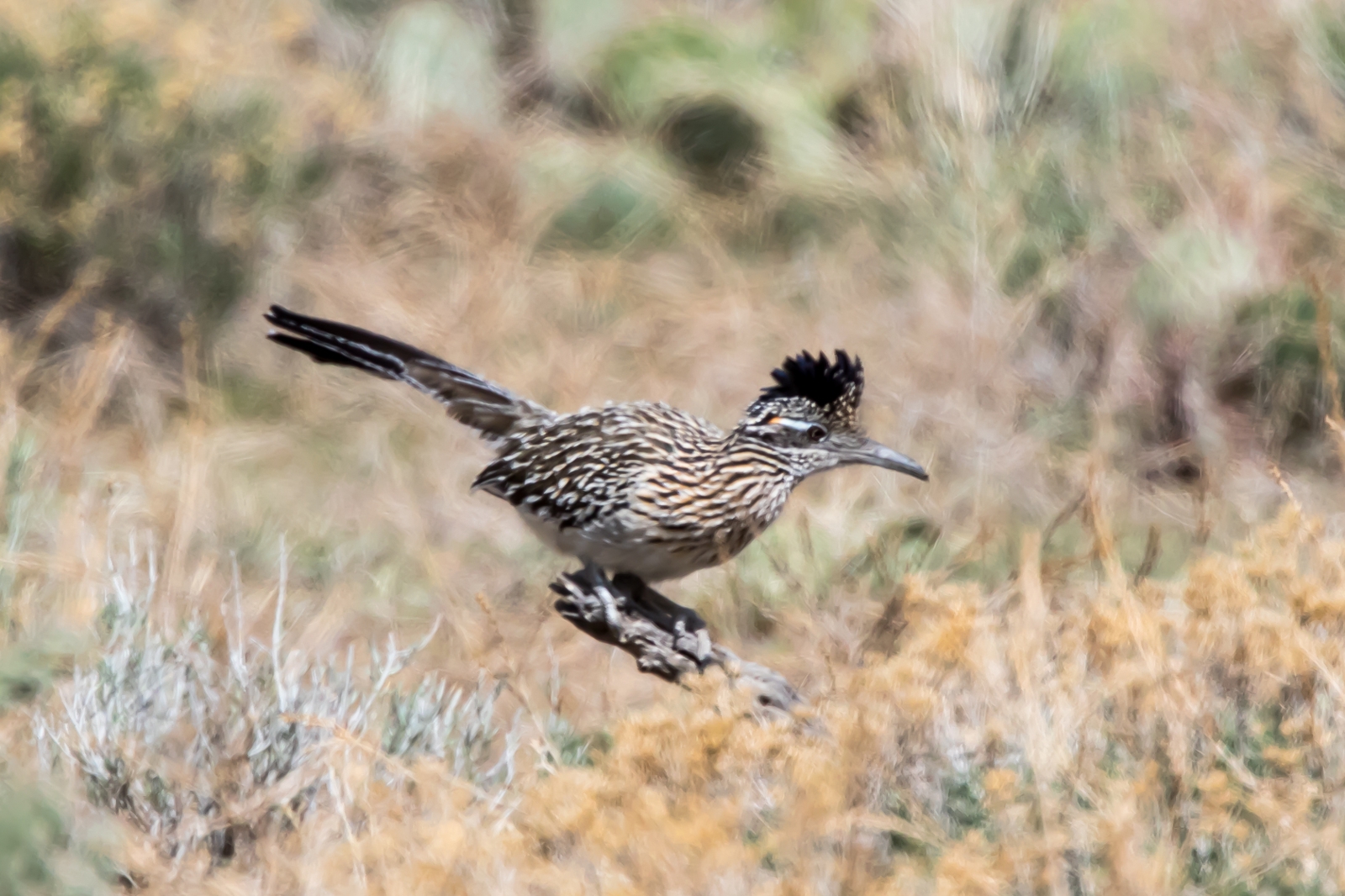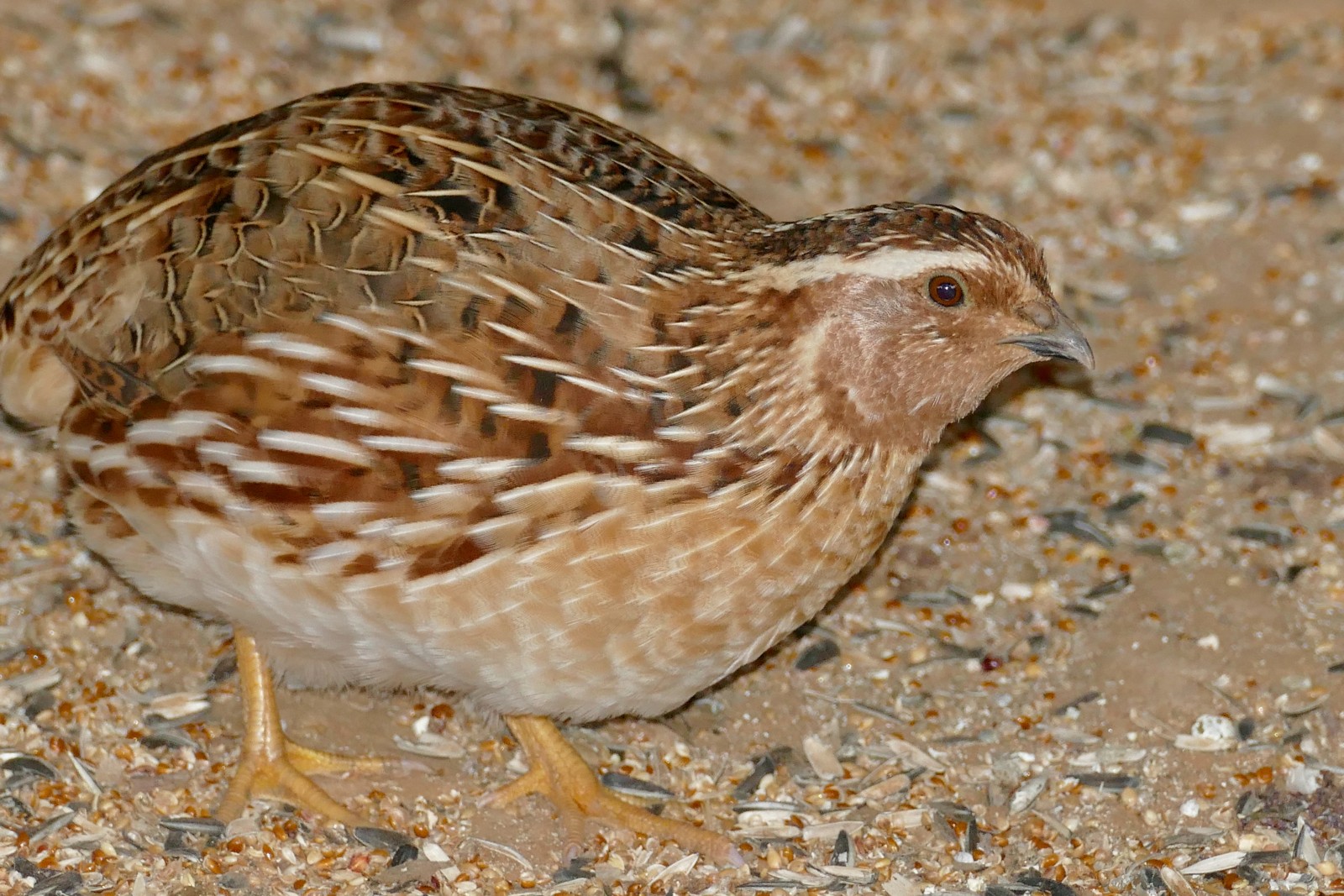Deer vs Antelope: A Complete Comparison
While deer and antelope may appear similar at first glance, these remarkable ungulates represent two distinct families with fascinating differences. The most notable distinction between deer and antelope lies in their headgear: deer sport antlers that shed annually, while antelopes possess permanent horns. Deer typically range from 90-300 pounds (41-136 kg), while antelopes show greater variety, from the tiny royal antelope at 4 pounds (1.8 kg) to the massive eland reaching 2,200 pounds (998 kg).
When comparing deer vs antelope, their evolutionary paths have led to distinct adaptations. Deer thrive in woodland environments across the Americas, Europe, and Asia, developing branched antlers and specialized digestive systems. Antelopes, predominantly African natives, evolved for life on open savannas with superior running abilities and permanent horn structures.
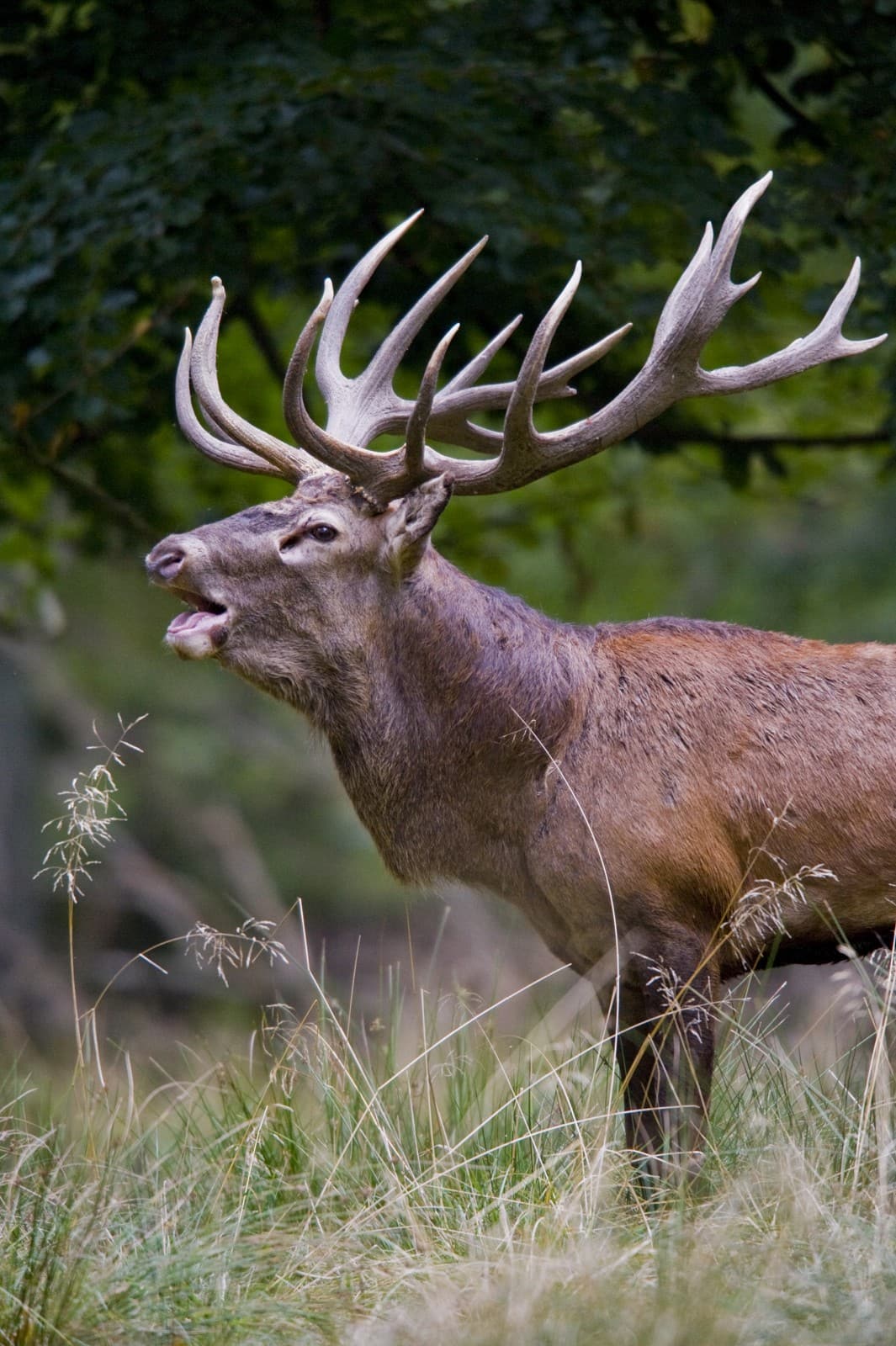
© Bill Ebbesen / CC BY 3.0
The red deer exemplifies classic cervid characteristics, including impressive antlers that regrow annually and a robust build adapted for mixed woodland habitats. These magnificent creatures showcase the deer family’s remarkable ability to thrive in diverse forest ecosystems.
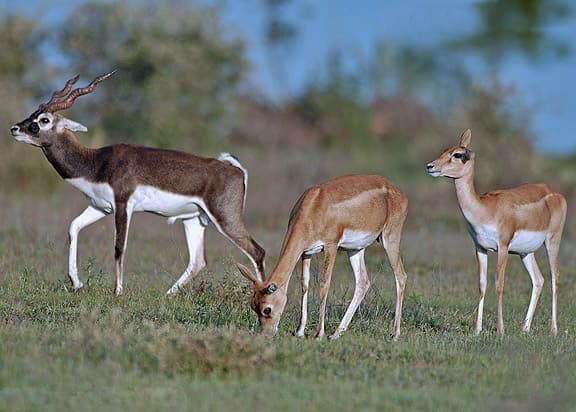
© Mr Raja Purohit / CC BY-SA 2.5
Blackbuck antelopes demonstrate the classic antilopine features: permanent horns, slender builds, and adaptation to open grasslands. Their social structure and sexual dimorphism perfectly represent typical antelope characteristics.
Key Differences: Deer vs Antelope
| Feature | Deer | Antelope |
|---|---|---|
| Head Ornaments | Branched antlers, shed annually | Permanent horns, never shed |
| Habitat | Primarily woodland and forest | Mainly grassland and savanna |
| Distribution | Americas, Europe, Asia | Africa, small populations in Asia |
| Size Range | 90-300 lbs (41-136 kg) | 4-2,200 lbs (1.8-998 kg) |
| Running Speed | Up to 30 mph (48 km/h) | Up to 60 mph (97 km/h) |
| Social Structure | Usually solitary or small groups | Often large herds |
Habitat and Distribution
Deer and antelope have evolved to occupy distinctly different ecological niches. Deer species have adapted to woodland environments, developing shorter legs and broader hooves ideal for navigating through forest undergrowth. Their branched antlers, while impressive, are designed to avoid entanglement in branches.
Antelopes, conversely, evolved for life on open plains and savannas. Their long, slender legs and specialized hooves enable remarkable speed and agility across flat terrain. Most antelope species inhabit Africa, with a few Asian exceptions like the blackbuck and nilgai.
Physical Characteristics
Antlers vs Horns
The most definitive difference between deer and antelope lies in their headgear. Deer antlers are made of bone, grow from pedicles, and shed annually. They typically feature multiple points and branches. Antelope horns, composed of keratin over a bone core, are permanent and usually straight or spiral-shaped.
Body Structure
Deer generally possess:
- Broader, more robust builds
- Shorter legs relative to body size
- More flexible necks
- Larger ears
Antelope characteristics include:
- Slender, streamlined bodies
- Longer legs for speed
- Straighter necks
- Smaller ears
Behavioral Differences
Social Structure
Deer typically maintain looser social bonds, often living solitarily or in small family groups. Males (bucks) usually separate from females (does) outside breeding season.
Antelopes are more social, forming:
- Large herds for protection
- Mixed-gender groups
- Complex hierarchical structures
- Territorial breeding grounds
Defensive Strategies
Deer rely primarily on:
- Camouflage
- Freezing behavior
- Quick bursts of speed
- Dense cover for protection
Antelopes depend on:
- Sustained high-speed running
- Herd vigilance
- Open visibility
- Coordinated escape patterns
Who Would Win: Deer vs Antelope
In a theoretical confrontation, the outcome would depend heavily on species-specific factors. However, considering equally-sized opponents:
Deer advantages:
- Larger body mass
- More powerful neck muscles
- Branched antlers for defense
- Greater aggression during rut
Antelope advantages:
- Superior speed and agility
- Better endurance
- Sharp, pointed horns
- Better visual acuity
The victor would likely be determined by the environment and specific circumstances, though both species typically avoid confrontation through mutual avoidance.
Conservation Status
Both deer and antelope face various conservation challenges:
- Habitat loss due to human expansion
- Climate change impacts
- Hunting pressure
- Competition with livestock
Several species of both families are currently endangered, requiring careful management and protection strategies to ensure their survival for future generations.
